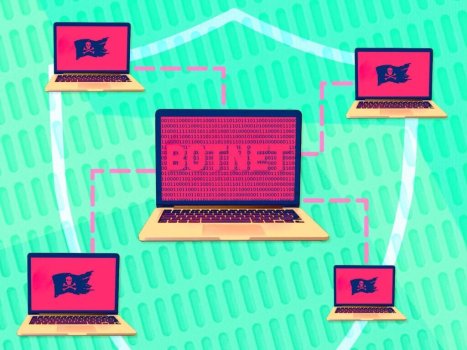IoT devices are now standard consumer and commercial technology. Their growing availability and often poor security means they have emerged as a significant target for hackers. At the same time, the pivot to remote work during COVID-19 has encouraged cyber criminals to ramp up their efforts, making networks of all kinds much more vulnerable to attack.
Malware that targets IoT devices is rising, and cyber criminals are leveraging botnets in attacks more often.
Owners and developers of this technology should know how malware can infect IoT devices and the steps they can take to defend their products.
The Growing IoT Malware and Ransomware Threat
In 2020, most new IoT attacks were driven by two prominent IoT botnets: Mozi and Mirai. Mirai is an older botnet that first appeared in 2016, while Mozi was deployed in 2019. Mozi is likely based on Mirai, as the two botnets have significant code overlaps.
Continue reading: https://www.iotforall.com/iot-malware-attack-protection-amidst-covid-19-threats
Malware that targets IoT devices is rising, and cyber criminals are leveraging botnets in attacks more often.
Owners and developers of this technology should know how malware can infect IoT devices and the steps they can take to defend their products.
The Growing IoT Malware and Ransomware Threat
In 2020, most new IoT attacks were driven by two prominent IoT botnets: Mozi and Mirai. Mirai is an older botnet that first appeared in 2016, while Mozi was deployed in 2019. Mozi is likely based on Mirai, as the two botnets have significant code overlaps.
Continue reading: https://www.iotforall.com/iot-malware-attack-protection-amidst-covid-19-threats

